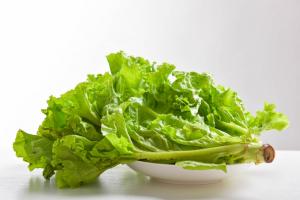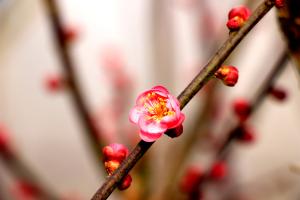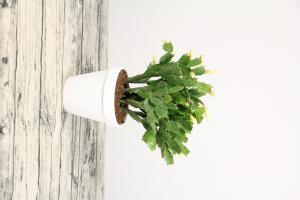Principles of elm pruning
Elm pruning is mainly for shaping, so the necessary branches should be retained for modeling. When pruning, you can give priority to pruning the dead branches, sick branches and weak branches on the elm, and then cut off the bare branches, as well as the crossing, parallel and reverse branches that affect the viewing. When trimming, pay attention to the smooth cut
And leave no stumps
When pruning the formed elm, it is generally only controlled pruning of the branches. For the growing elm, it is not suitable to prune the twigs during the growth period. The best time for pruning is winter. Pruning in winter is conducive to the growth of the next spring
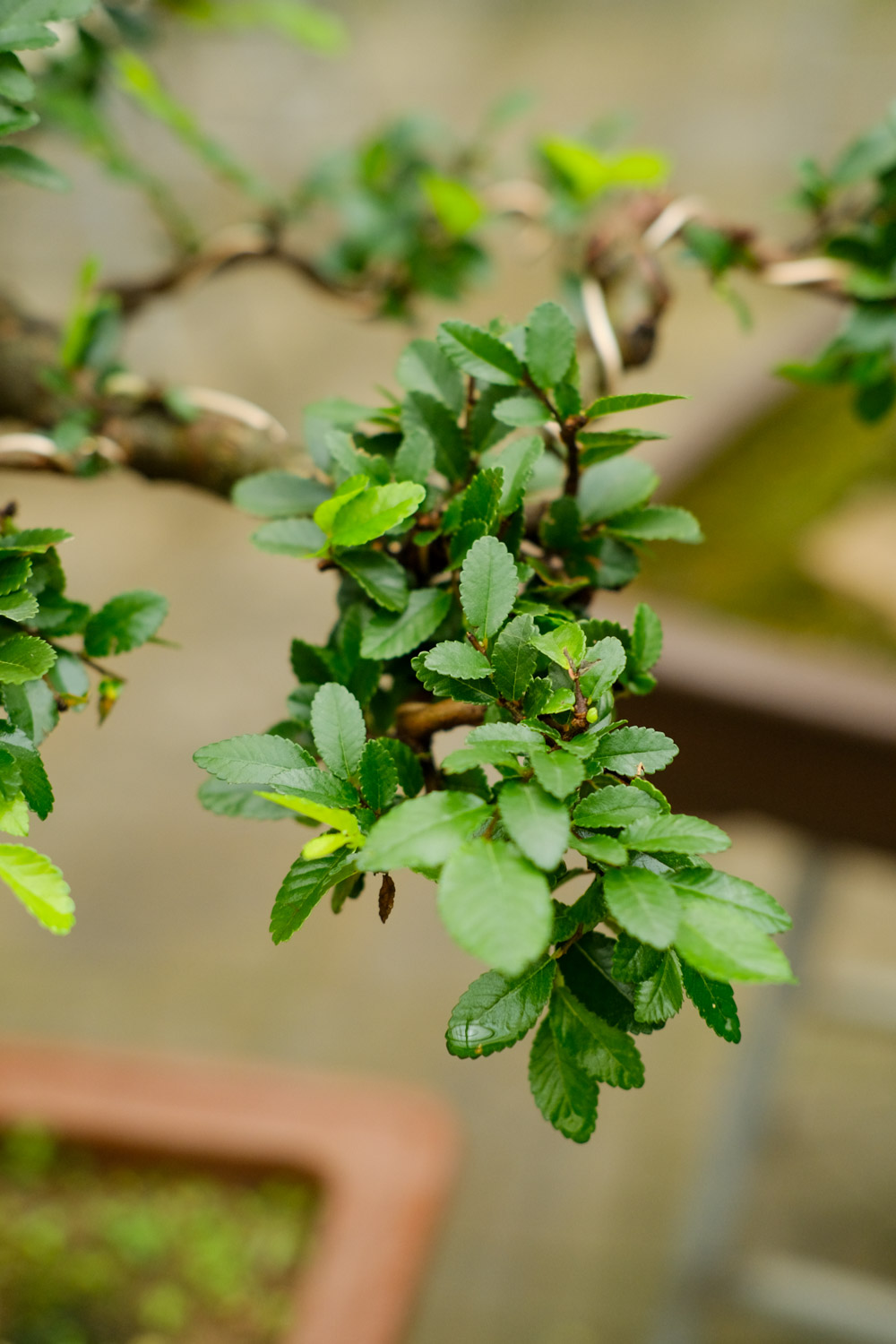
Pruning method of elm
Elms need to be pruned before planting. The roots and branches should be pruned, and some erythromycin ointment should be coated on the cutting edge, which will help the survival of the plant
With the growth of elms, they need to be trimmed to make them more ornamental. Generally, they are made in various forms, such as straight dry type, inclined dry type, curved dry type, cliff type, waterfront type, jungle type, wind blowing type and stone attached type
When pruning, cut the long branches short and the dense branches sparsely. Control the height of the plant and promote the growth of lateral branches by picking the heart. By picking buds, we can avoid the disorder and crossing of elm branches, which will affect the viewing. In addition, pruning is also used to maintain the beauty of the shape. Pruning is an important pruning work. It can be carried out according to the tree shape. The branches should be trimmed and leveled, and the dead branches that hinder viewing should be cut off
Another point is that it can be combined with changing pots to repair roots. Pruning the root can make the plant grow better< span>
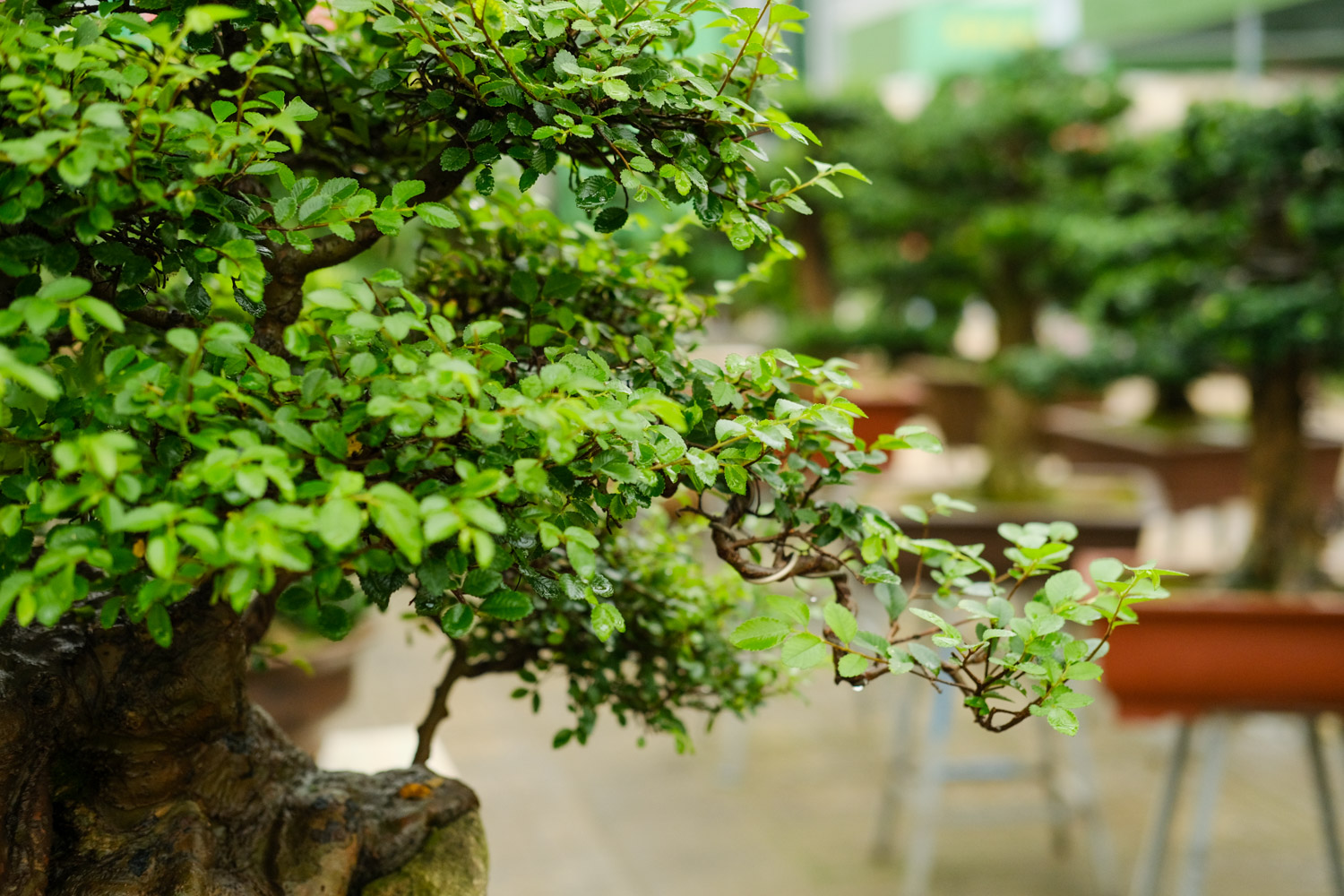

 how many times do yo...
how many times do yo... how many planted tre...
how many planted tre... how many pine trees ...
how many pine trees ... how many pecan trees...
how many pecan trees... how many plants comp...
how many plants comp... how many plants can ...
how many plants can ... how many plants and ...
how many plants and ... how many pepper plan...
how many pepper plan...



